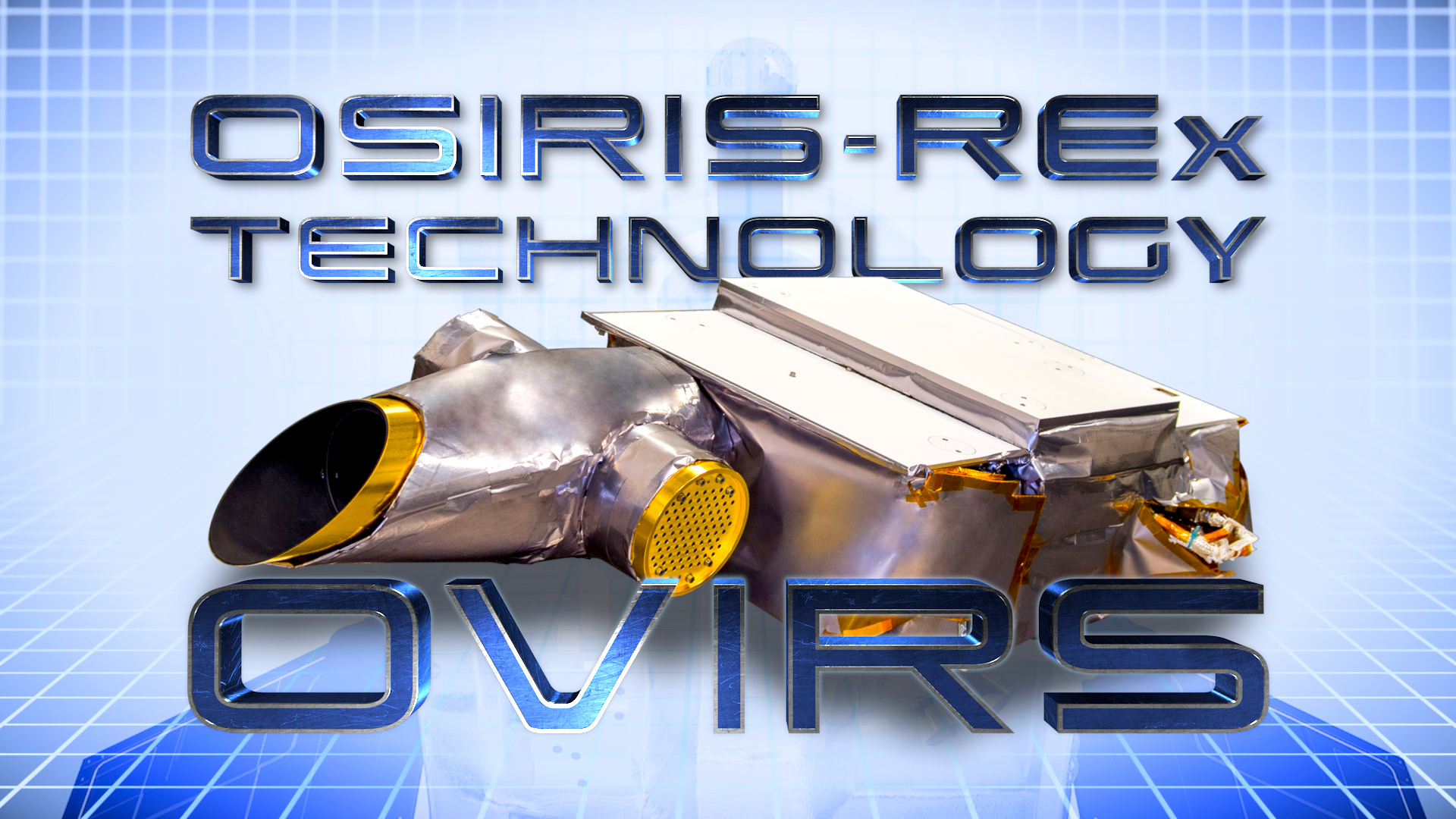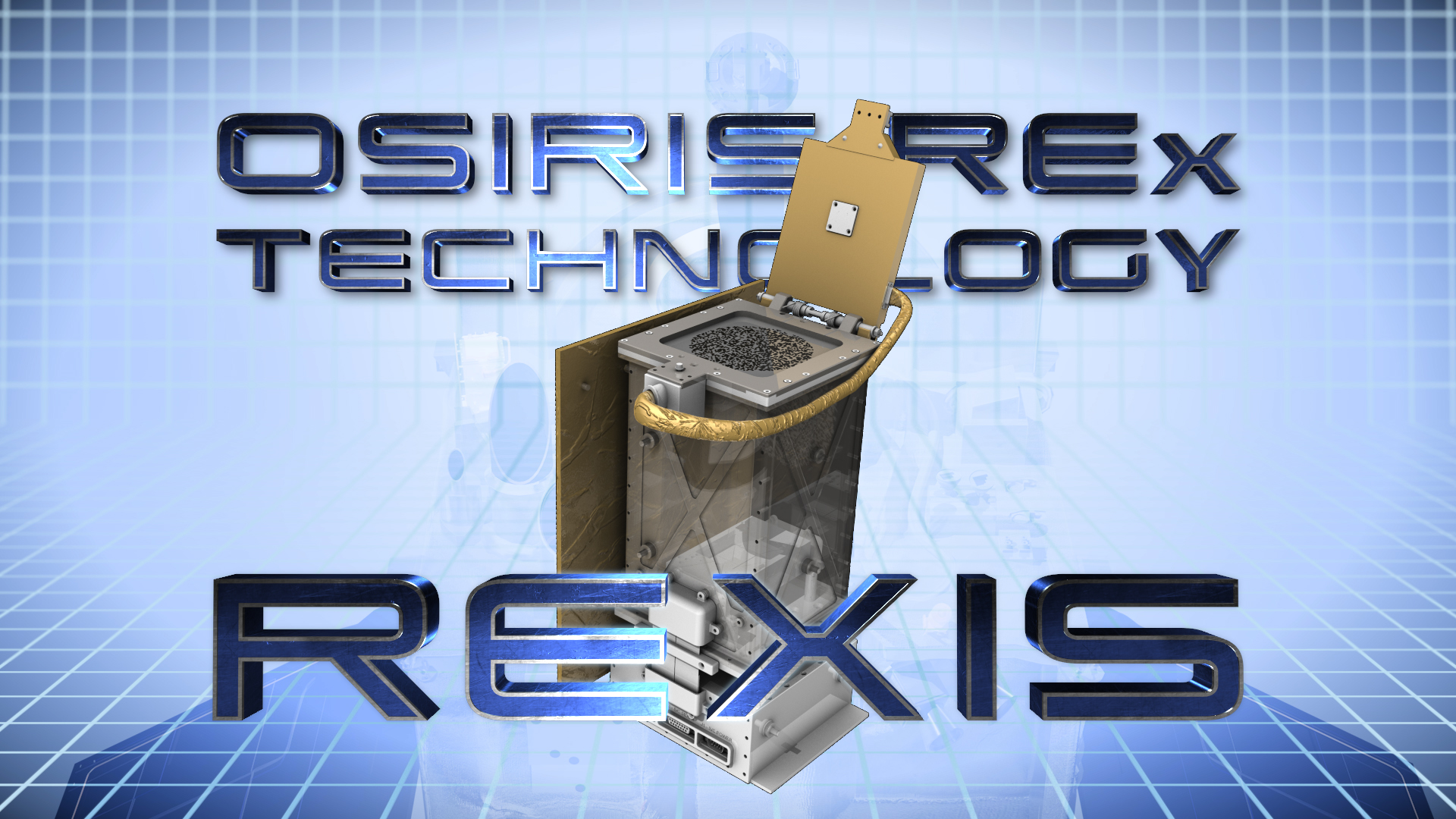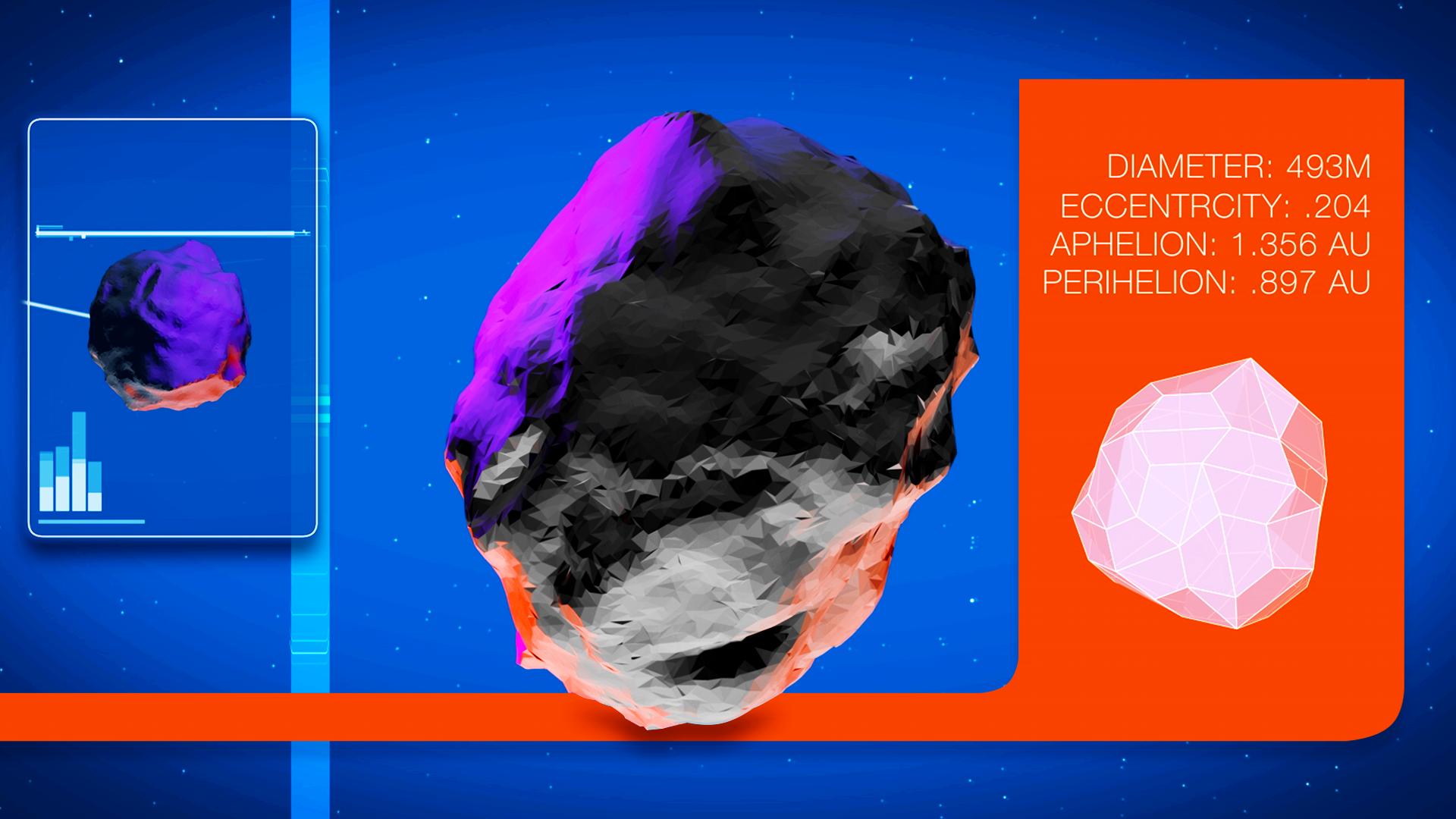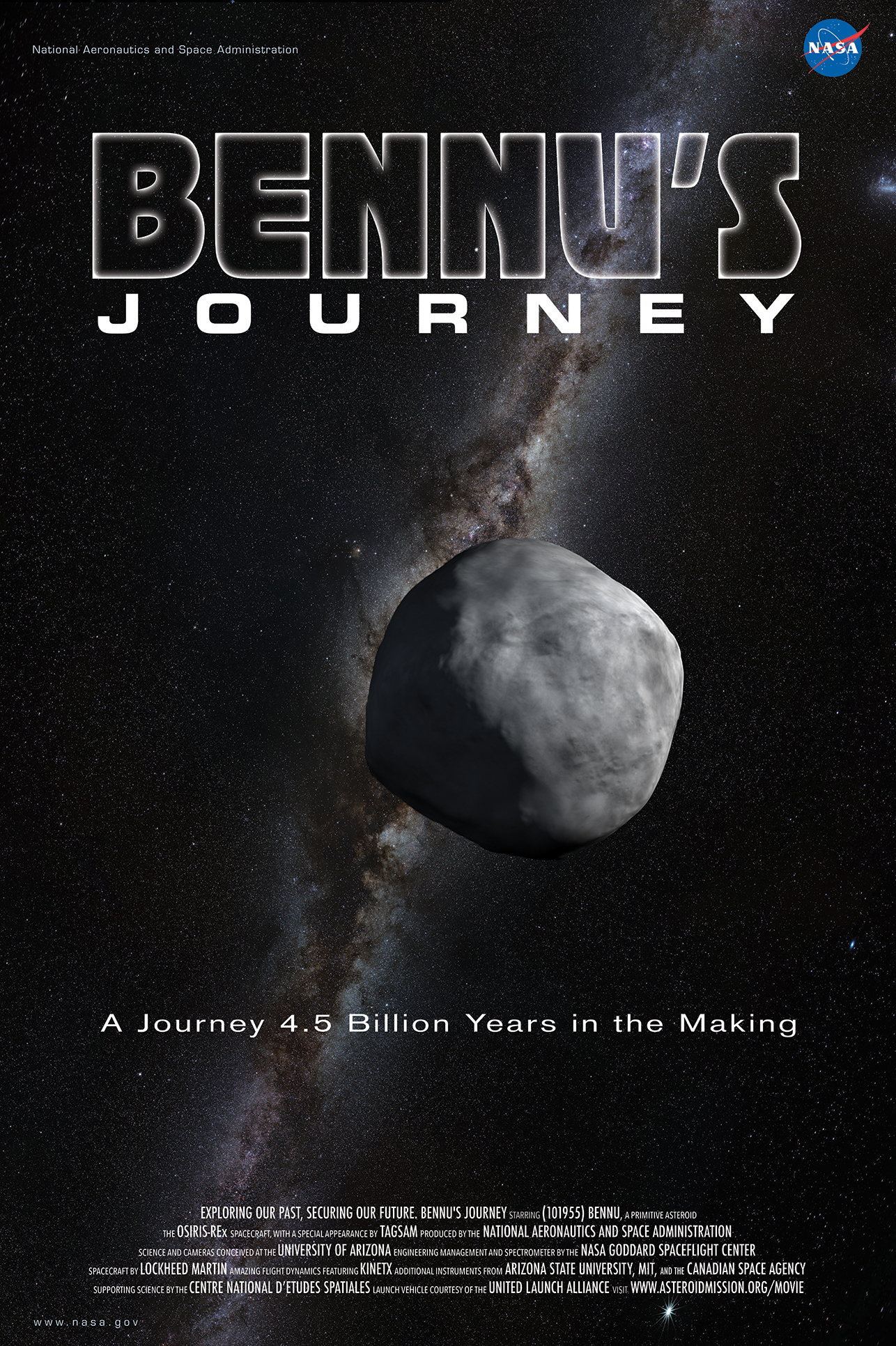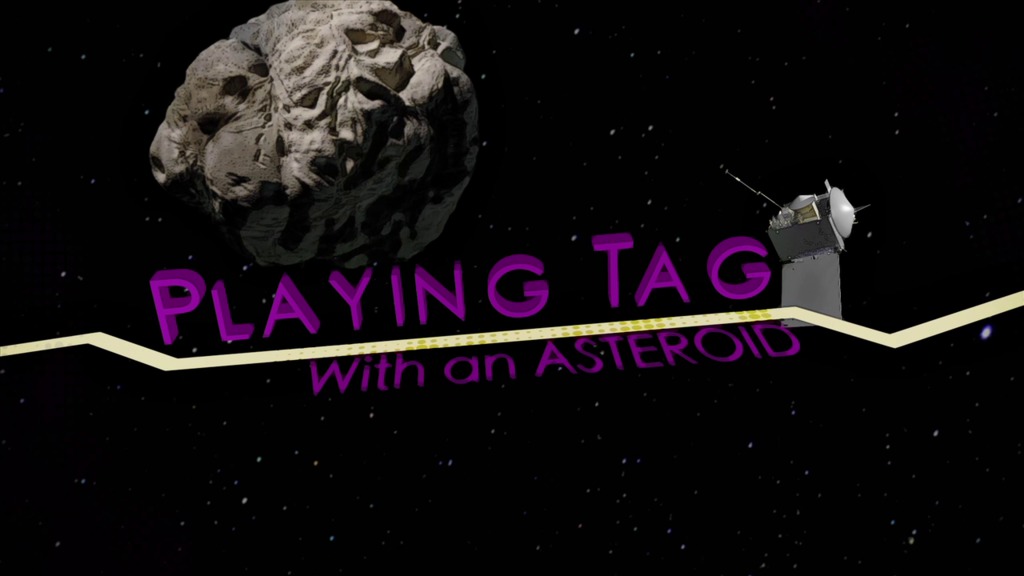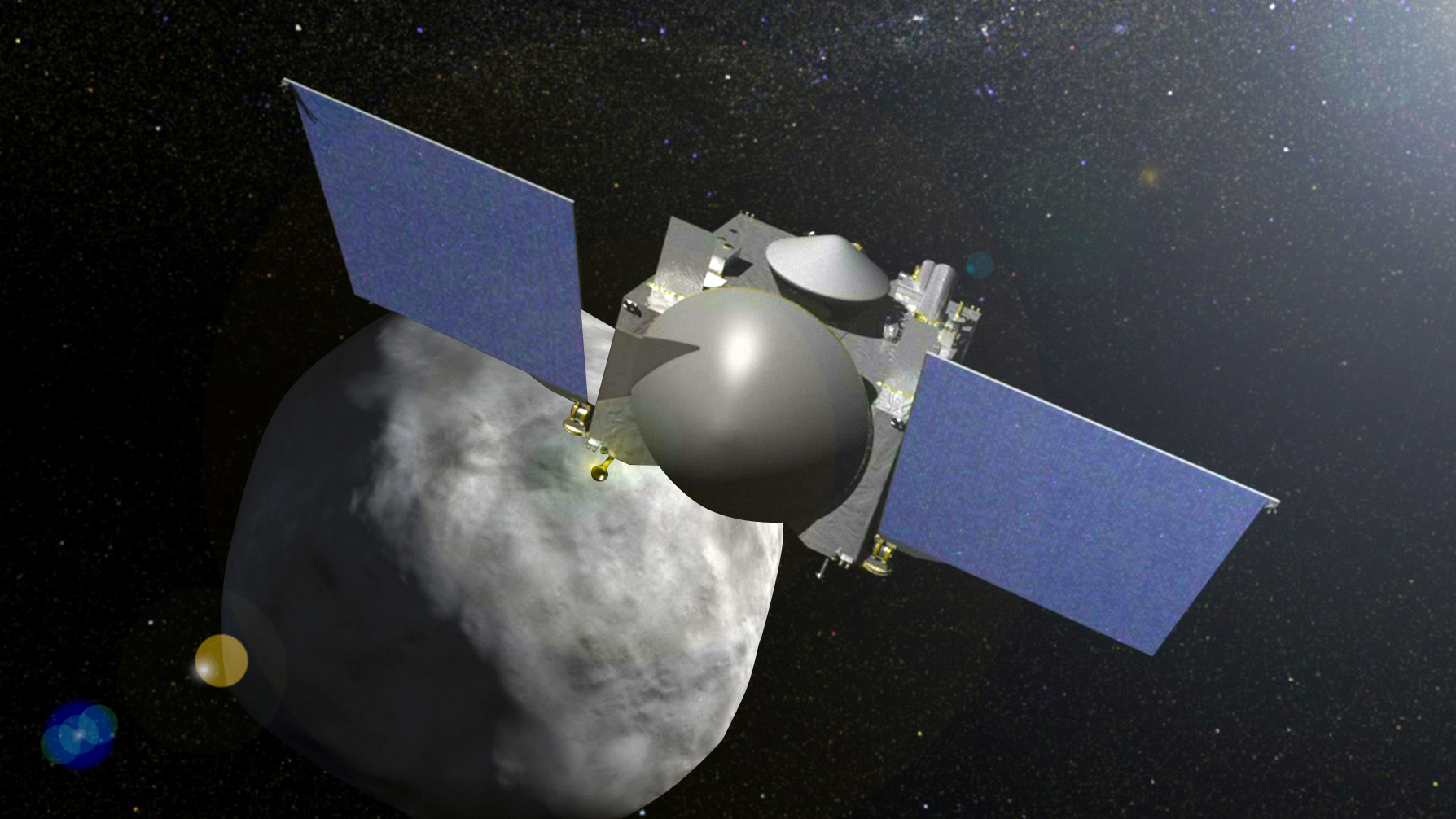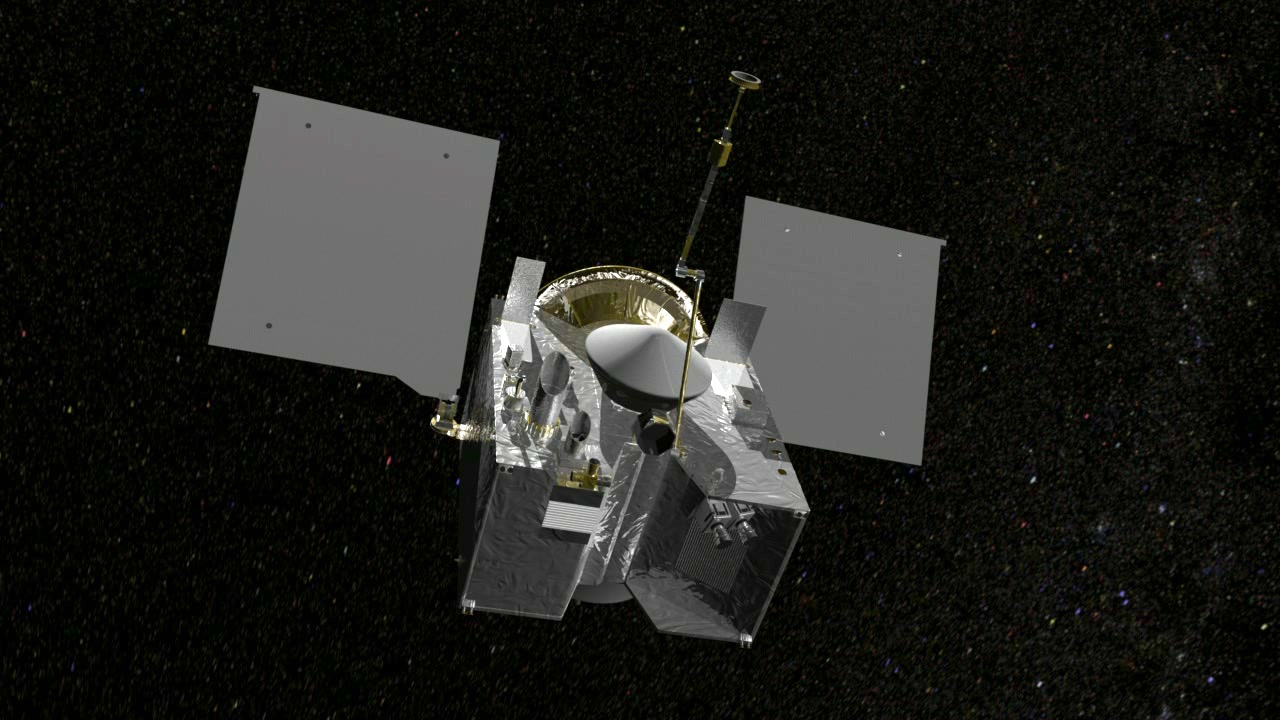Student Scientists: Building REXIS
College students in Boston are getting the chance to help NASA explore an asteroid. These student scientists have built an instrument called REXIS, which will fly on the OSIRIS-REx spacecraft that launches in September 2016. This video puts a spotlight on a group of these students and their experience on the REXIS project.
Watch this video on the NASAgovVideo YouTube channel.
For More Information
See the following sources:
Credits
Please give credit for this item to:
NASA/Goddard Space Flight Center Scientific Visualization Studio
-
Producer
- David Ladd (USRA)
-
Editor
- David Ladd (USRA)
-
Videographer
- Rob Andreoli (Advocates in Manpower Management, Inc.)
Missions
This page is related to the following missions:Series
This page can be found in the following series:Release date
This page was originally published on Monday, March 14, 2016.
This page was last updated on Wednesday, May 3, 2023 at 1:48 PM EDT.
![The OSIRIS-REx camera suite will provide global maps and close-up images of asteroid Bennu, along with information about the carbon-rich asteroid's chemical makeup.This video is available for download in 4k resolution.Watch this video on the NASA Goddard YouTube channel.
Complete transcript available.Music Credits: "Ultimate Question" and "Victory Or Failure" by Guy & Zab Skornik [SACEM]](/vis/a010000/a012400/a012443/OCAMS_Preview_12443.jpg)
